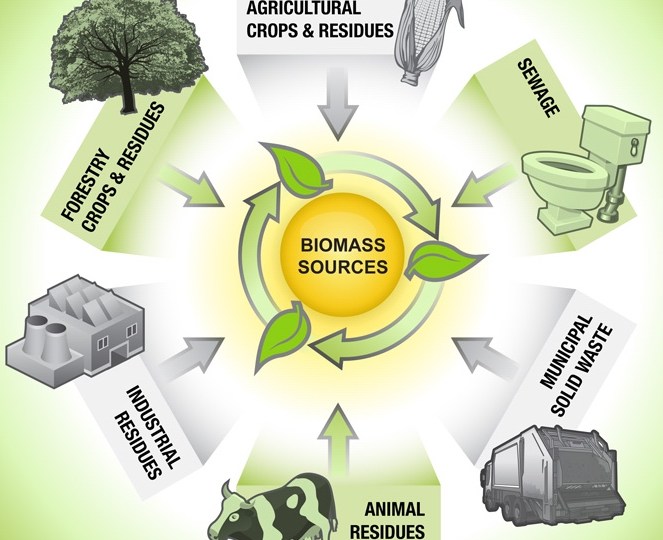It is estimated that Indonesia produces 146.7 million tons of biomass per year, equivalent to about 470 GJ/y. Sources of biomass energy in Indonesia are scattered all over the country, but the biggest biomass energy potential in concentrated scale can be found in the Island of Kalimantan, Sumatera, Irian Jaya and Sulawesi. Studies estimate the […]
Biomass Energy in Indonesia






